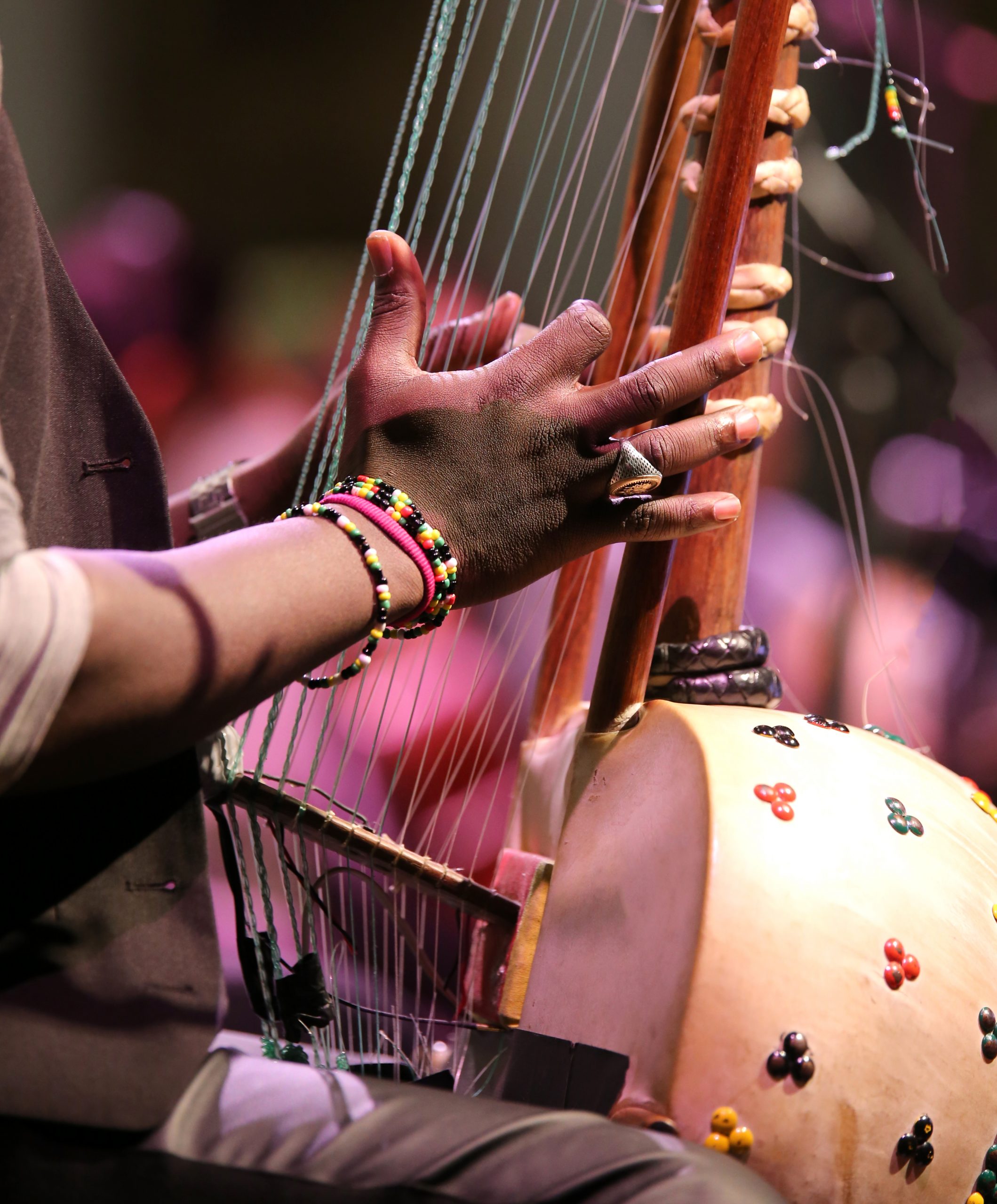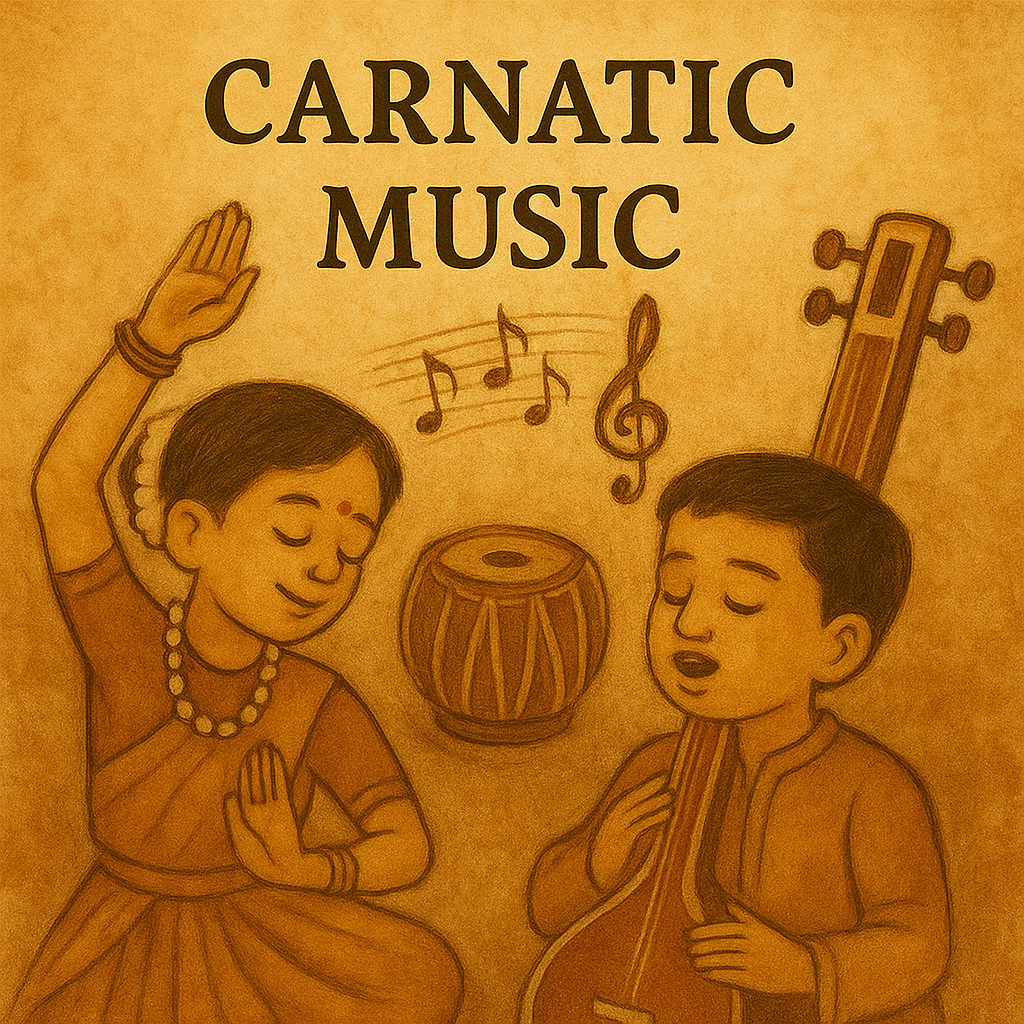In the vast world of Indian classical music, few instruments have been as versatile and beloved as the harmonium. With its rich, flowing tones and simple mechanics, the harmonium has been a steadfast companion to vocalists, instrumentalists, and devotional singers for generations. Behind its apparent simplicity lies a deep expressive power that continues to charm audiences worldwide.
Origins and Arrival in India
Interestingly, the harmonium is not originally Indian. It traces its roots to Europe in the 18th and 19th centuries, where early versions were developed as reed organs. French missionaries introduced the harmonium to India during the colonial period. Adaptable and portable, the instrument quickly found favor among Indian musicians, who modified it to suit the intricacies of Indian music.
Today, the harmonium is deeply woven into the fabric of Hindustani classical music, ghazals, bhajans, qawwalis, and countless forms of devotional and folk music across the Indian subcontinent.
Anatomy of the Harmonium
At first glance, the harmonium resembles a compact keyboard:
- Bellows: Hand-pumped, the bellows push air over metal reeds, producing sound.
- Keys: Similar to a piano, but with a lighter, more responsive touch.
- Reeds: Thin strips of metal that vibrate to produce specific notes.
- Stops and Couplers: Some harmoniums have knobs (stops) to control airflow and adjust tonal quality. Couplers can link octaves for a richer sound.
The Indian harmonium is often scale-changing, allowing the player to shift the base key easily, a valuable feature when accompanying different vocalists.
The Harmonium’s Role in Indian Classical Music
While the harmonium was initially controversial among purists (because it couldn’t produce the subtle slides and microtones — shruti — central to Indian classical music), musicians adapted and evolved playing techniques to mimic vocal nuances as closely as possible.
In a typical performance:
- The harmonium provides melodic support, reinforcing the vocalist’s raga with rich, sustained notes.
- It follows the singer’s improvisations, providing a steady and tuneful backdrop.
- Skilled players add their own flourishes during instrumental interludes, demonstrating the instrument’s expressive range.
Notable Harmonium Maestros
Several legendary musicians have showcased the harmonium’s depth and possibilities:
- Pandit Appa Jalgaonkar: Renowned for elevating harmonium to solo status in classical concerts.
- Pandit Tulsidas Borkar: Celebrated for his technical mastery and for pioneering new techniques on the instrument.
- Pandit Mohan Kumar Darekar and Ustad Firoz Dastur also made significant contributions to harmonium performance and teaching.
Their artistry proved that the harmonium could be not just an accompanist, but a solo voice in its own right.
Harmonium Beyond Classical Music
The harmonium’s reach extends far beyond the classical stage:
- In bhajans and kirtans, it leads devotional singing, filling spaces with soulful resonance.
- In qawwalis, it drives the dynamic call-and-response exchanges between singers.
- In folk music across regions like Bengal, Punjab, and Maharashtra, the harmonium remains indispensable.
- Even in Bollywood, early film music was heavily reliant on the harmonium for its melodic foundations.
Conclusion: A Voice for Every Heart
The harmonium may have humble origins, but its impact on Indian music is profound. Its warm, expressive tones bridge the gap between simplicity and depth, making it accessible to beginners while offering endless possibilities for masters.
Whether accompanying a stirring raga, a soulful ghazal, or a heartfelt prayer, the harmonium remains a timeless voice — resonating with devotion, emotion, and melody across generations.



